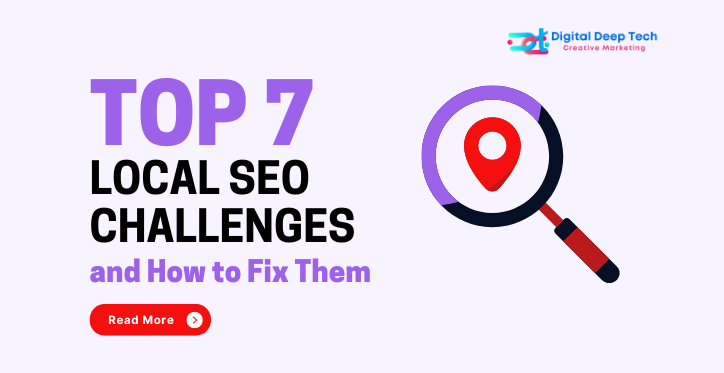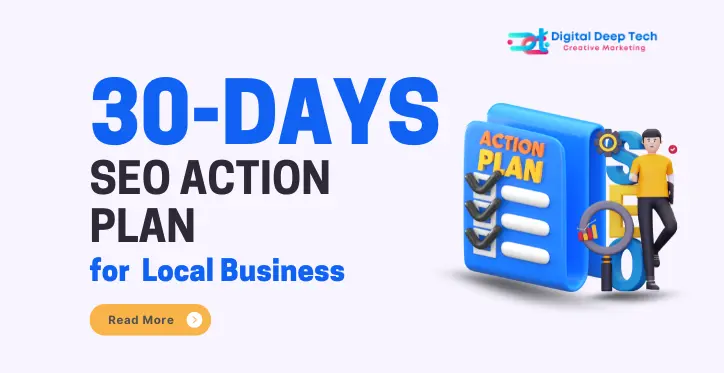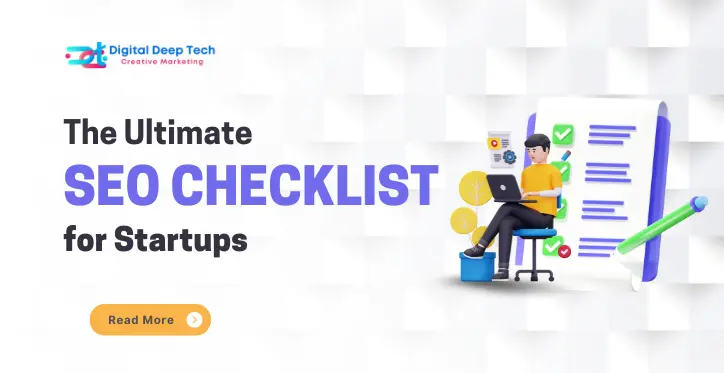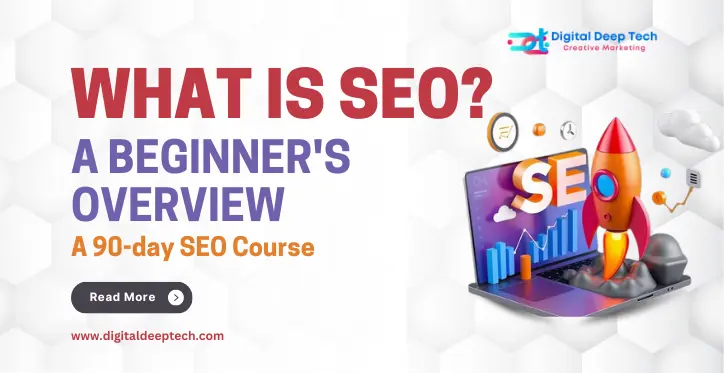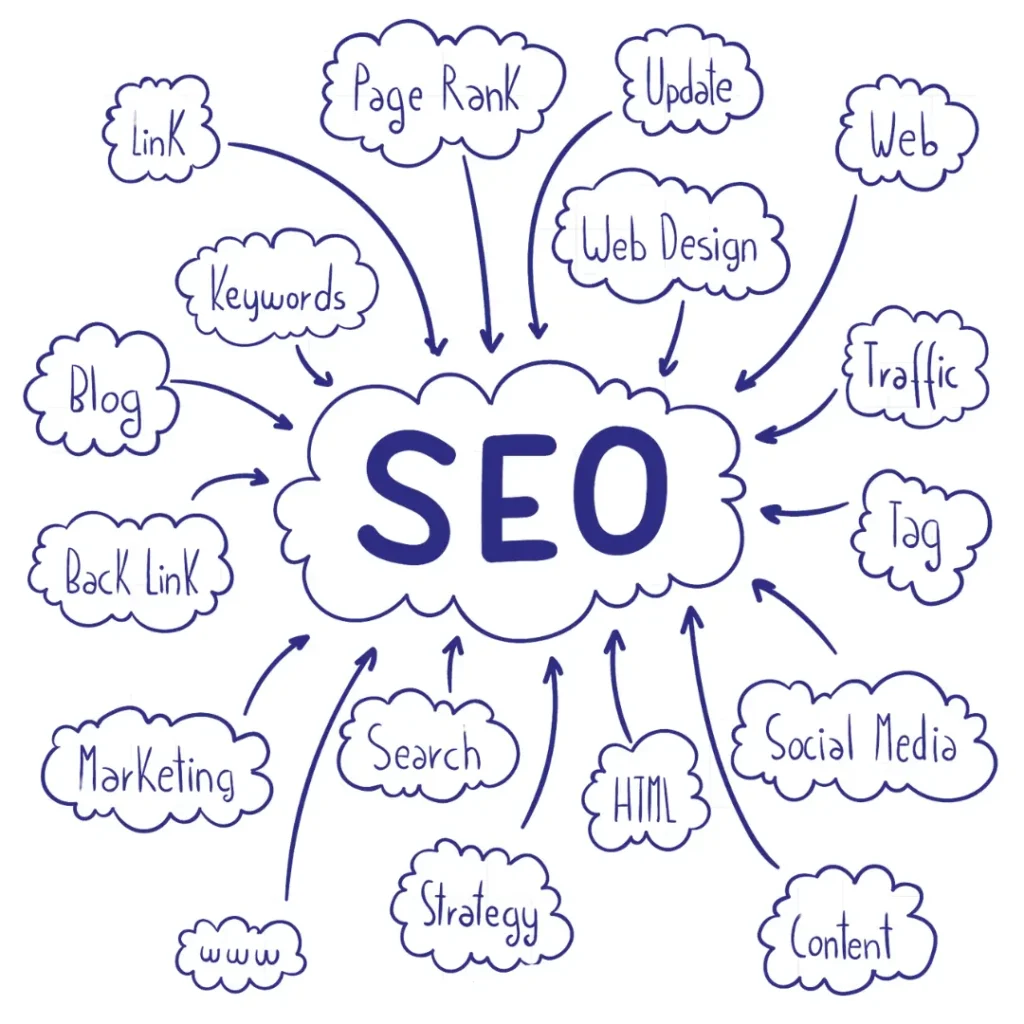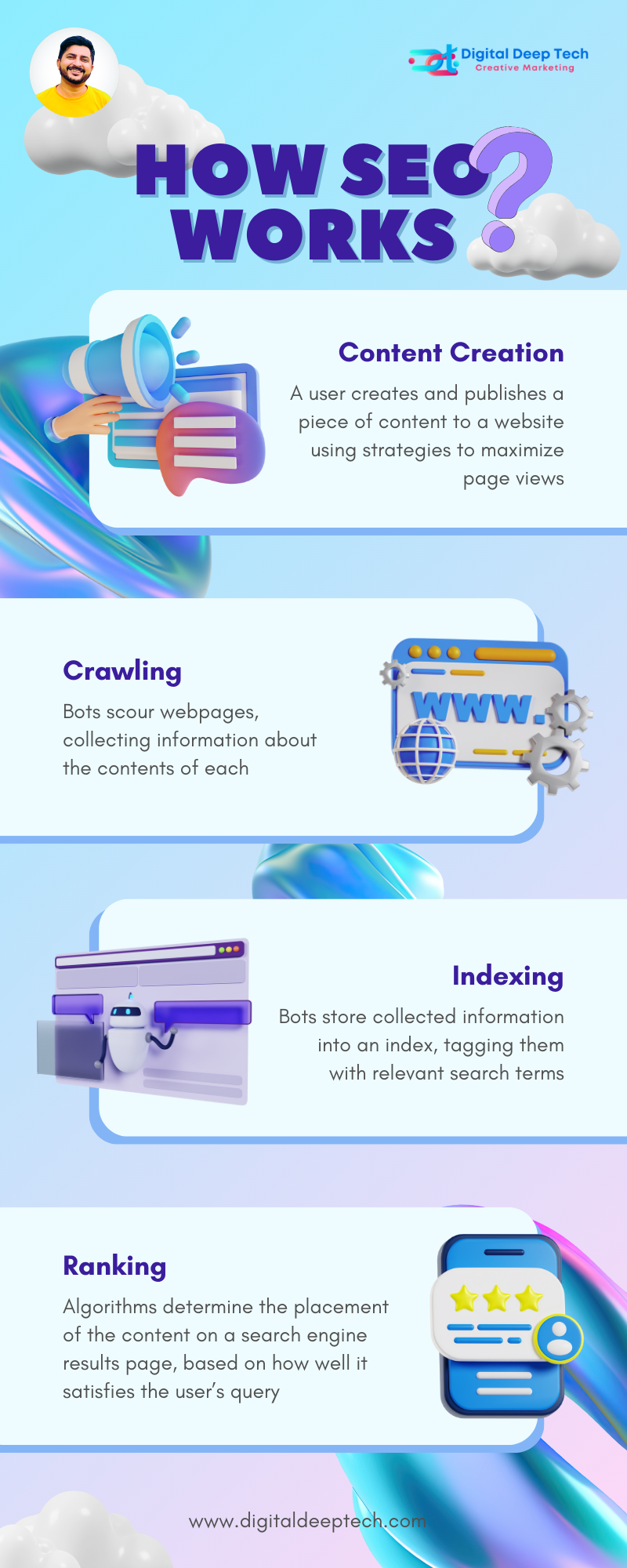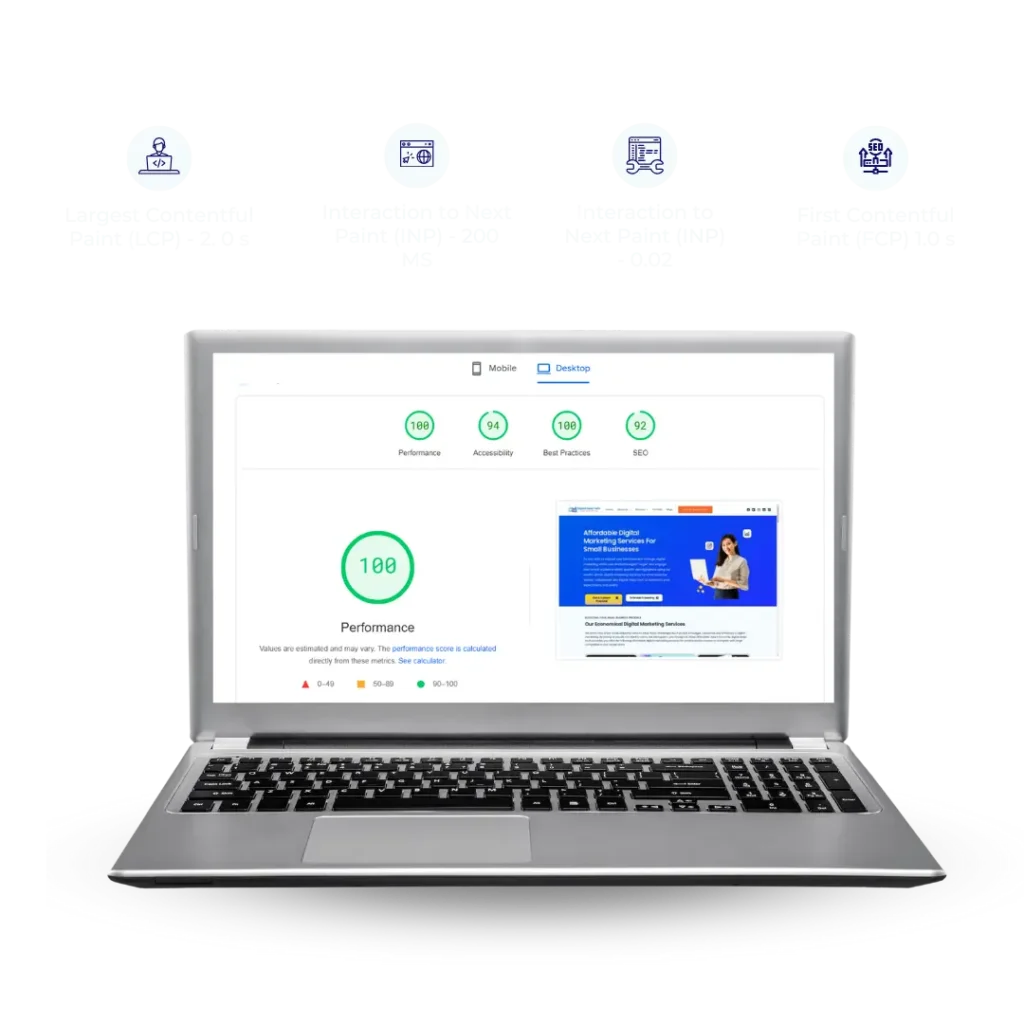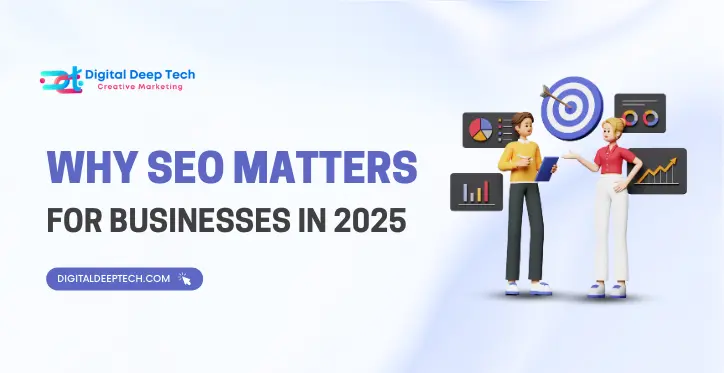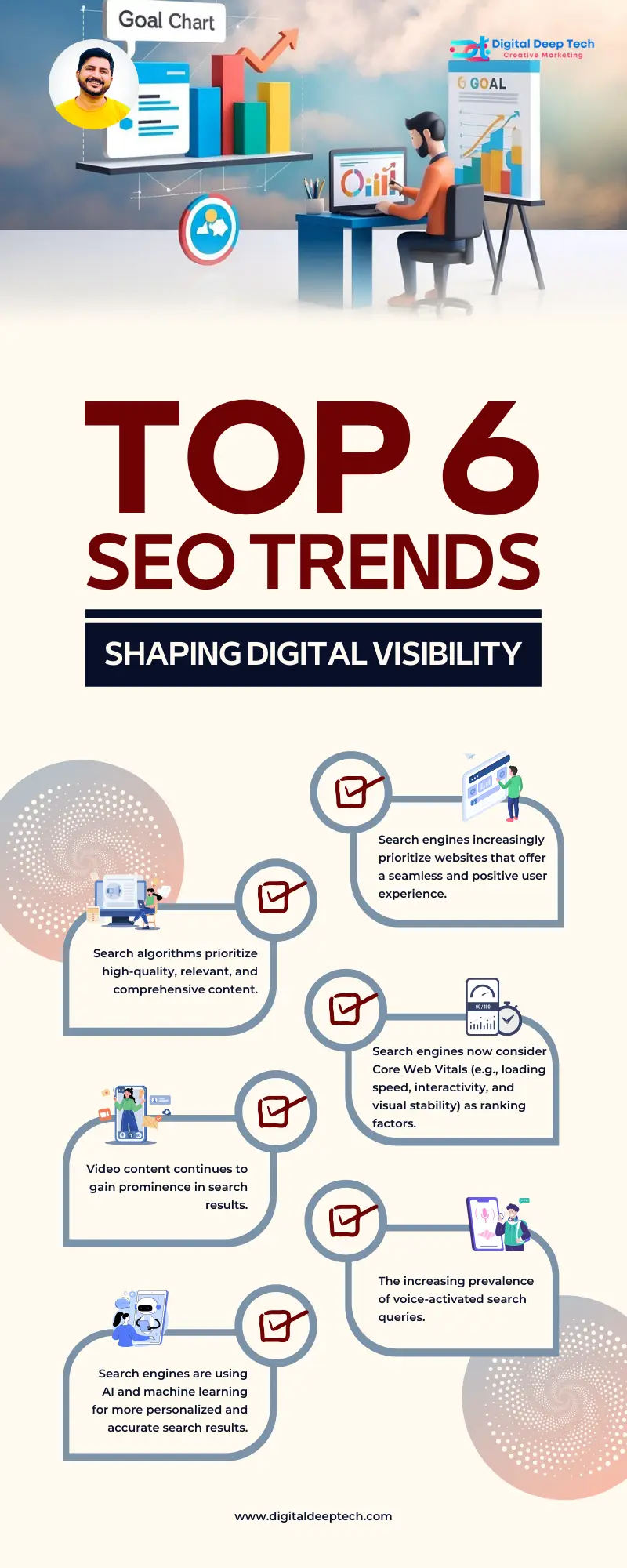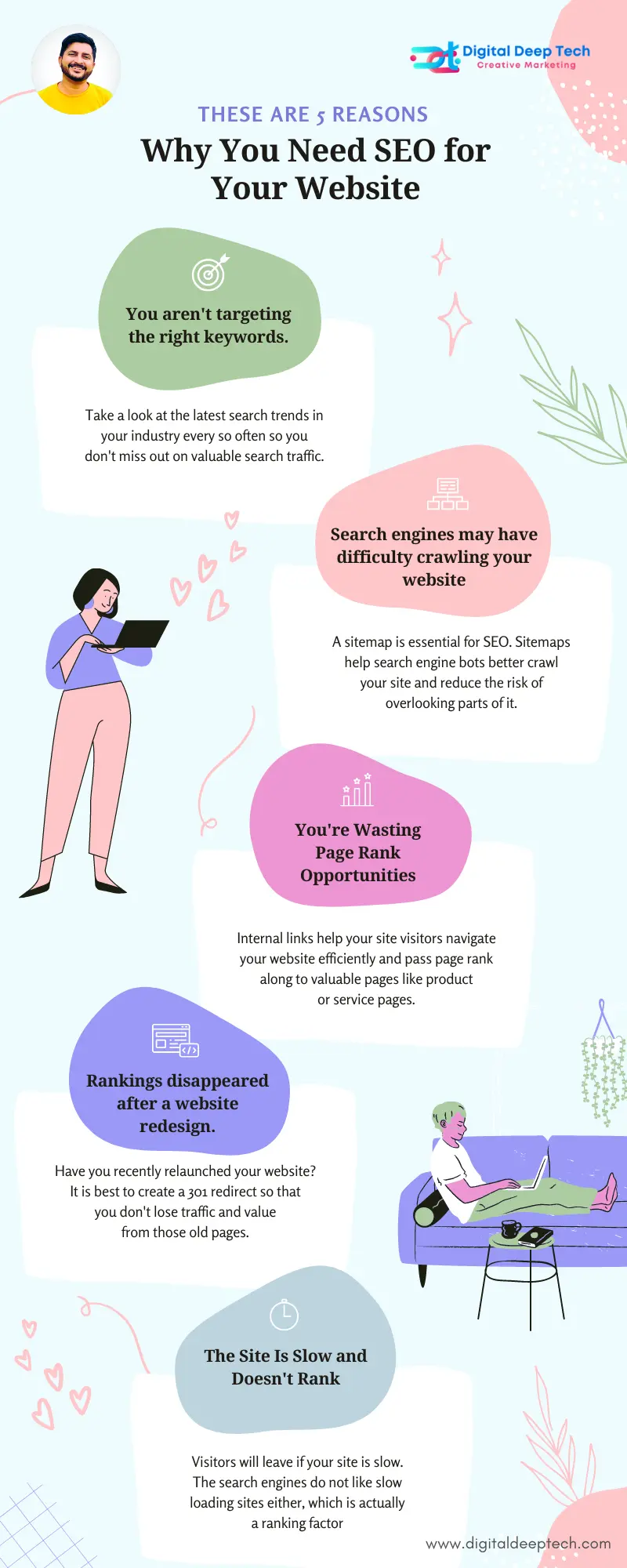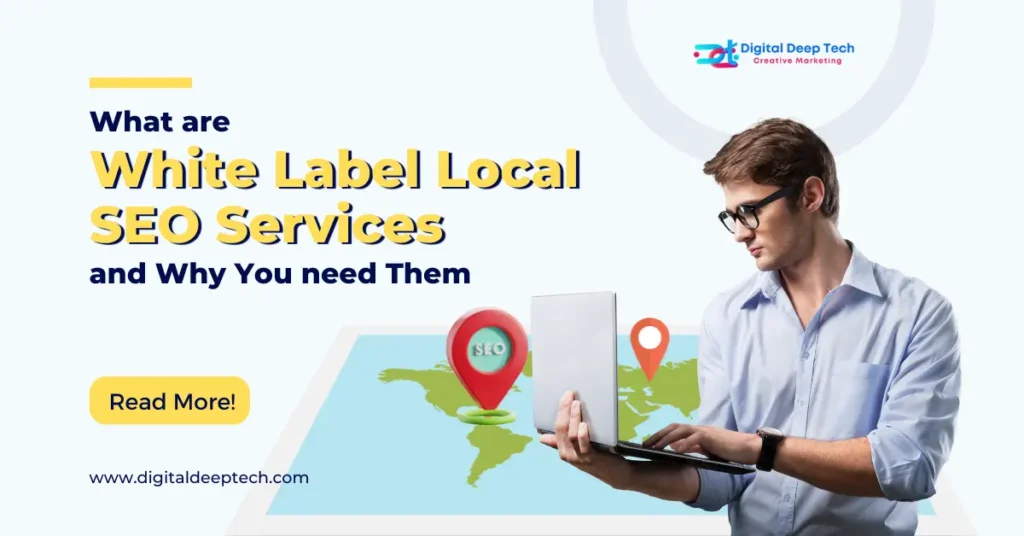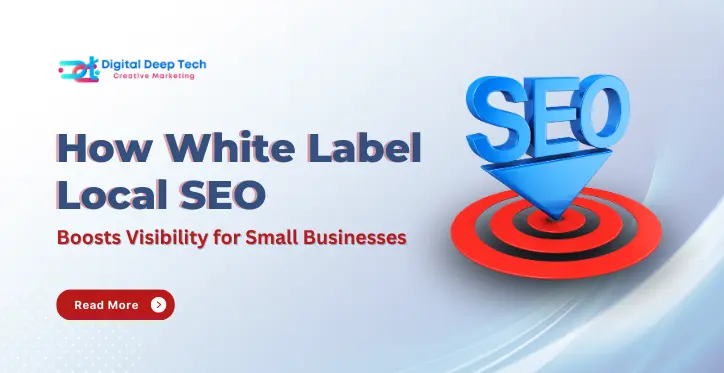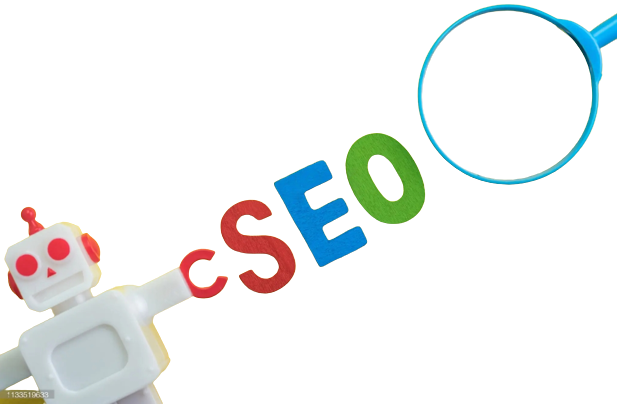Top 10 Strategies for White Label Local SEO Success

Table of the content
Introduction
White label local SEO service is now the game-changer for agencies and businesses alike in this dynamic world of SEO. With my experience both as a local business SEO expert and founder of Digital Deep Tech, I have worked with numerous agencies, helping them scale and expand their service offerings through white label SEO. Whether an agency is looking to outsource or a business is seeking better visibility locally, knowing how to use white label services effectively can be really helpful for you.
I shall talk about the top 10 strategies to successfully offer small business SEO services. These are from my experience of helping businesses achieve success in local rankings, along with real-world examples.
What is White Label Local SEO?
So, before we go ahead with the strategies, let’s just define what white label local SEO is. White label local SEO is basically a deal where an agency outsources its local SEO service to a third party, and that third party provides the service under the agency’s brand. That way, agencies can augment their product lines without having to develop in-house SEO staff to still provide top-quality results for their clients.
Let’s dive deeper into proven techniques for maximizing these services’ success.
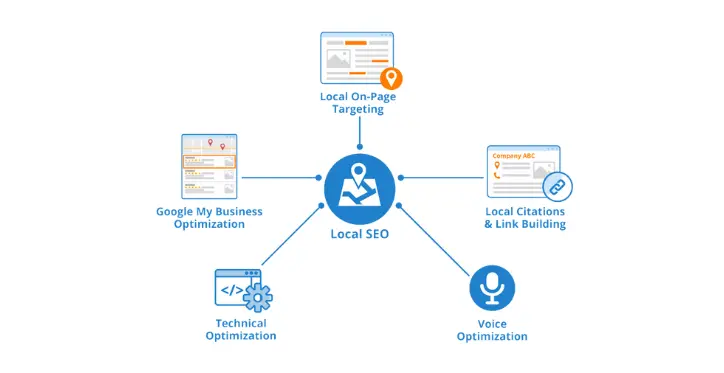
1. Going Deep into Local Keyword Research
Local SEO relies a lot more on keyword research than probably any other form of marketing. I see companies get lost and simply unable to rank just for the simple reason they’re working off the wrong keywords. To be successful, white label SEO companies must zero in on hyperlocal keywords that reflect the search intent of a local user.
Example of case study: I was working with a plumbing company in Parramatta targeting general, competitive keywords such as “Sydney plumbing services.” However, local keyword targeting to “emergency plumber Parramatta” resulted in a 45% increase in local traffic within three months.
Key Takeaways:
- Use tools like Google Keyword Planner and SEMrush for local keyword discovery.
- Target neighborhood or city-specific keywords that most of your client’s customers might search for.
2. Google Business Profile (GBP) Optimization
Google Business Profile is an important feature in any local SEO strategy. For white label services, the GBP of your client needs to be optimised fully for a local search.
From my experience, updating categories and detailing the business description and uploading specific images boost local rankings.
Action Steps:
- Ensure all business information (name, address, phone number) is accurate and consistent across all platforms.
- Encourage reviews, as businesses with more positive reviews tend to rank higher in local search results.
- Use Google Posts for posting updates or other promotions.
3. NAP Consistency across Online Directories
One of the most overlooked aspects of local SEO is consistency NAP, Name, Address, Phone Number information appears the same everywhere online. Inconsistent NAP data confuses search engines and hurts local rankings.
A white label provider must check regularly for accuracy of NAP data across all relevant listings.
Example: A café that I had worked with was in Cronulla. Its listings online consisted of different phone numbers in various listings. After this correction, they witnessed a 20% increase in their search visibility.
Tools Required:
- Moz Local: Check NAP consistency.
- Yext: manage listings.
3. Low Performing Website
More than 60% of local search is done on mobile devices. If a website is not mobile-friendly, then it’s probably losing considerable traffic and conversions.
White label SEO companies should emphasize responsive design and make sure the website loads quickly on mobile devices. I’ve always found optimization of mobile UX directly correlates to higher local rankings.
Things to Optimize
- Use tools such as Google’s Mobile-Friendly Test to identify where improvements are needed.
- Optimizing images and reducing the server’s response time improves the page speed.
Case Study: I recently optimized a local dental clinic’s website for mobile, and within the period resulting in a 35 percent increase in appointment bookings through mobile searches.
5. Building Local Citations
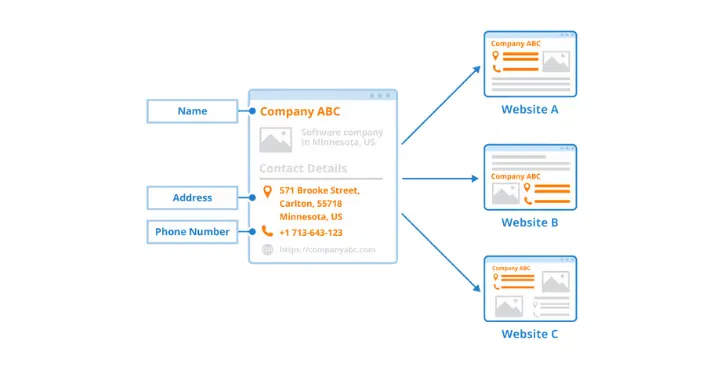
It is a mention of the business on another website usually in NAP format. The citations play a huge role in assisting with ranking a business in local SEO. For white label SEO companies, getting a citation for the business on high-authority directories and local websites is of paramount importance.
Local citations from high-authority websites have really helped with visibility on local searches.
Directories to Use
- Yelp
- Yellow Pages
- Your local Chamber of Commerce website
- Industry-specific directories
Let's Discuss Your Project
Get a free one-month consultation and share your vision for digital marketing with us.
6. Local-Centric Content Creation
I would always advise agencies to focus on generating content that the target audience of their clients need or even better, want to engage with. Good examples would be posting related to some community events, how-to guides related to local issues, or case studies on some local clients.
For example, a roofer I worked with in Newtown really saw a huge spike in organic search traffic after we published a suite of blog posts titled “Roof Repair Tips for Newtown Residents,” targeting highly relevant local search terms.
Local Content Key Tips
- Include local landmarks, events, and news in your content to make it geographically relevant.
- Use local keywords naturally throughout the content.
7. Building High Quality Local Backlinks
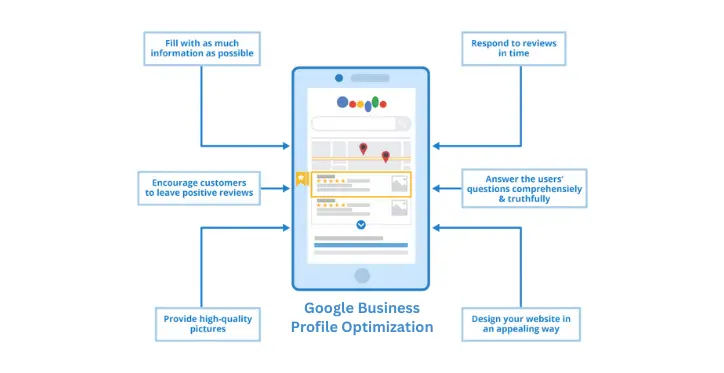
Backlinks remains one of the strongest ranking signals in SEO. For local SEO, it’s the quality and relevance of the links rather than just the quantity of them.
White label SEO providers should concentrate upon building links from authoritative, locally-relevant websites. This might involve outreach to bloggers, news outlets, and community organizations.
Actual Scenario: I worked with a small law firm in Surry Hills. I managed to get guest posts on local blogs and news sites, which increased search visibility by 50% after only a few months.
8. Service Page Development for Local Areas
A location-specific service page must be present for those operating businesses servicing different locations. Each page will be optimized with terms, content, and meta descriptions unique to the region it services.
Local-centric white-label SEO services must make sure these pages are structured appropriately, then avoid the typical duplicate content issues while maximizing the relevance for the local area.
Example: A landscaping company I worked with in Sydney had a generic service page. By creating individual pages for each of their service areas, for example, “Landscaping in Blacktown” and “Landscaping in Manly,” we saw a 60 percent increase in organic traffic.
Key Elements to Include:
- Unique local content for each service page.
- Local schema markup to boost the chances of appearing on the map in search results.
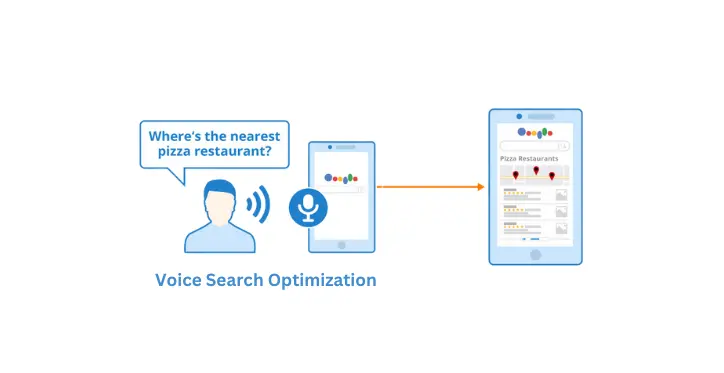
9. Schema Markup for Local SEO
Schema markup is the structured data that will make Google and other such search engines understand what is happening in your content. Furthermore, schema markup in this case may turn out to be a ‘winner’ for local SEO provided it has highlighted key information such as an address, phone number, business hours, and service areas.
Actionable Step: Verify that the white label SEO provider is using Local Business schema on each page of the website where it would be applicable to enhance the ranking in local search results.

10. White Label SEO Performance Tracking and Reporting
One of the most critical aspects of white label local SEO is to monitor and report. Without periodic analysis, there is no way of knowing what is working and what is not.
I always recommend Google Analytics, Google Search Console and local SEO tracking software like BrightLocal. I keep tabs on performance. I also do regular reporting so that my clients are aware and it helps build trust.
Conclusion
By implementing these top 10 strategies, you can be sure that the white label local SEO services are measurable to clients. Whether you are a business owner or an agency, taking the right steps will enable one to stand in the good local search results and attract more traffic to their website.
If you want to amplify your local SEO, just reach out to my digital team at Digital Deep Tech so that we can come up with a plan of attack.
FAQs
1. What is white label SEO?
This type of white label SEO is considered a service wherein an agency outsources its SEO services to another third-party provider, who would then do the job under that agency’s brand.
2. How can white label SEO benefit my business?
White labeling SEO lets you expand your service offerings without you having to build a team in-house. This would allow you to save both time and resources while still earning results.
3. What are the most important ranking factors in local SEO?
NAP and Google Business Profile must be optimized, mobile-friendly, and local links should be used.
4. How long will I see results for local SEO?
Local SEO leads to more significant changes in 3 to 6 months, depending on competition and the level of the market.
5. How can I choose a white label SEO company?
Look for a company that has a history of delivering results, that reports in an open and transparent manner, and has experience in your niche market.
6. Are white label SEO services useful at all for small businesses?
Absolutely, white label SEO is ideal for small businesses wanting to increase their level of local presence without having to hire more in-house SEO employees.
7. In what way is local SEO different from general SEO?
Traditional SEO is the process of promoting a company’s online footprint compared to other general/ larger search results. Local SEO, by contrast, seeks to improve on a company’s online footprint based on local-related search efforts.
8. How do I optimize my Google Business Profile for local SEO?
Make sure the business has accurate information, ask others to leave reviews, add pictures, and keep it fresh by using Google Posts.
9. What is NAP consistency and why is it important?
Same name, address, and phone number use across all of your online directories; it’s called NAP consistency. Heterogeneous information can sometimes hurt your local rankings.
10. What is the role of backlinking in local SEO?
Backlinks from quality local sites give an indication to the search engine that your business is trustworthy and relevant. Improving your local search rankings is the result of that activity.

About the Author
Deepak Sharma is the founder of Digital Deep Tech and a renowned SEO and digital marketing expert with over a decade of experience. Passionate about helping businesses enhance their online presence, Deepak specializes in creating SEO strategies that drive traffic and generate leads.
Top 10 Strategies for White Label Local SEO Success Read More »

